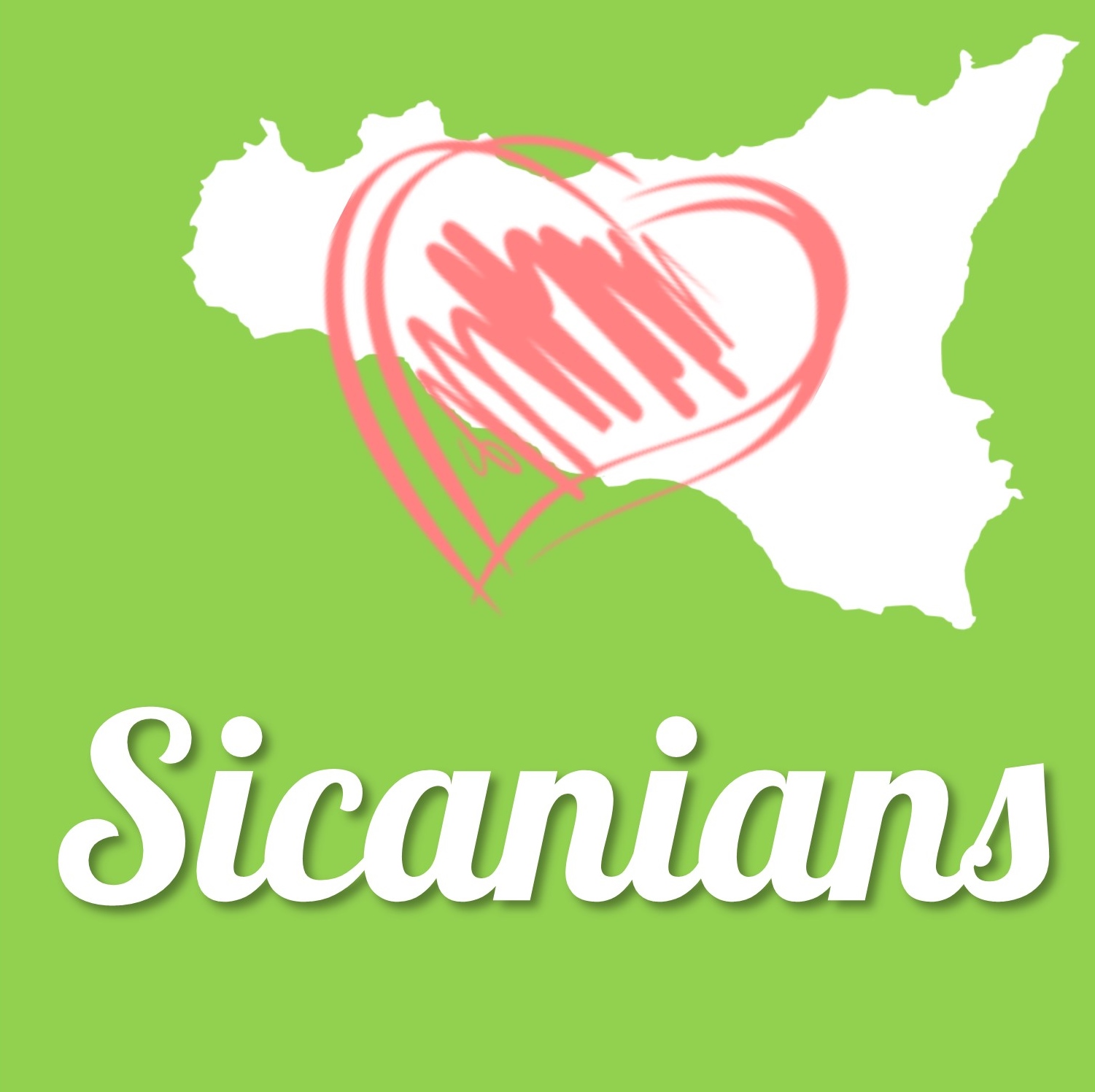The plane trees, a long history ...
The river "u sciumi" as the inhabitants who live it call it but the ancient writers call it "Halycus," and also Lycus. Diodorus Siculus and Plutarch call him first with the first name and then with the second. The term Halycus derives from the Greek Halicos, saline or salty and could be explained because its waters, at some point, are salty.
There are, in fact, great saline glaciers in its catchment basin or in different sections the bottom of its lot is formed by layers of salt. "But since the other name of Lycus, also derived from the Greek Lykos, wolf, was a very common name of Greek rivers or of countries described by the Greeks (such as the tributaries of the Meander, the Iris in Armenia and the Fasi in Bithynia) it can be thought that it was given to the river either by similarity or by analogy with other rivers known to the Greek colonists : or for some reference to the wolves that, up to the last century, were frequent in our territory as is also attested by the toponymy (eg La Lupa).
Caputo identifies Kamicos with Platani-Halikos. Vibio Sequestre he writes says that the Agrigento area is divided into two parts "in the sense not of a border, but of a central river: not a border river as everyone thinks and may also have coincided in particular transitory political-military moments, but a central river, that is, the dividing valley of the Agrigento area ... The Halikos economic and geographical center of Sikania that crossed it in two, corresponds to the Platani, the route of the saline trade that will have been activated, mainly, in times of initial affirmation of new or market closed elsewhere, or, as is likely to have happened after the critical situation of the Eastern Mediterranean between the end of the 13th century and the beginning of the 12th century which had blocked the Aegean markets ".
Platani is remembered by ancient Greek legends because it would have been traced back to Camico da Dedalo, but in history it marked the border between the Greeks and Carthaginians in 383 BC. C, as Diodoro Siculo narrates or so also in 339, after the victories of Timoleonte, as the historian himself and also Plutarch wrote. "In 256 in Platani the Carthaginian fleet made up of 350 people hid to prevent the passage in Africa to the Roman one coming from Ecnomo (Licata ) where she had withdrawn to embark the troops
of land encamped there, destined for the African expedition. The Platani at that time was one of the main naval bases of the Carthaginians in Sicily and its territory was the first to welcome the twelve elephants of Hannibal's expedition. The navigation of the Platani today would no longer be possible due to the raising of the seabed due to the neoplioconical formations of the structure of the earth's crust in Sicily and to the disappearance of the long strip of marly soil from the tip of Capo Bianco, which sank, due to the incessant collision of the waves or earthquake, in the sea with a large part of the ancient city of Eraclea Minoa ".
The name of Platani was given to it by the Arabs either because it is rich in plane trees or because it means wide and extended or, as more likely, because it is close to their fortress of Platani or Platanella (Iblatanu) which stood on the right bank of the same. This name was then variously Latinized: Platanis, as Fazello writes, Platina as Maurolico and Ferrario carry, up to Fluvius Palatinus, as V. Barbaro calls it in the life of St. Albert of Trapani. According to Fazello, Platani originates between Cammarata and Castronovo: "Platanis oritur inter Castrum Novum et Cammaratam, novi nominis oppida, ex parvis quidem fontebus".
Gerardi describes the sources and the course as follows: "From the Quisquina high ground starts a chain of hills that on one side joins the majestic mountain of Cammarata and on the other the mount of the Specola at whose base is Castronovo, forming a circular valley at the bottom of which the Platani has its sources.These, being different, can be divided into two main groups, but in all they ascend to 17.
The first group towards the north starts from the mountains that take their name from the Sparangi, Carcaci and Derupo fiefdoms. The range of these sources is very difficult to measure, but from the approximate measurements performed it can be assumed that it is not less than mc. 0.120 / 1. ". And so it is not even measurable the flow of the lower group whose main sources are in the Le Piane fiefdom. The flow of the springs of this last group is increased by the water of a spring that comes from the height of the Quisquina. These waters flow in the lands of the former Altavilla fiefdom, receiving on the left the contribution of the Vallone Cucco which also derives from the same hills; they cross the Melia fiefdom leaving part of this fief to the right, but to the left are swollen by other small streams and from the Nocelle and Cannella valleys that originate from Pizzo dello Stagnataro. The waters of these springs, both from the north and south groups, form simple streams. The real river forms after the confluence with the waters coming from the springs of S. Andrea. After this union the course of the waters heads east for a long stretch, receiving on the right the waters of the Cacagliommaro valley that originates from the heights of the x feud Rossino, leaves the town of Castronovo to the left and the church of S. Pietro to the right. A little further downstream, the Chiacchierona valley flows into it, originating in the Finocchiara fiefdom ... It is later enlarged by the Saracen valley, so called because it recalls the name of an old Arab farmer who lived in the upper valley of this stream ... After the confluence with the Saraceno, the Platani, at Km 18.5 from the source, joins the Morello coming from the Portella delle Vigne north of Lercara Friddi. After the aforementioned confluence, the Platani turns south-west along the former Ficuzza fiefdom.
At the point called Passo di Barbiere, by a barber who in the century. XVI drowned in the journey, receives on the right, with the name of valley Barbiere, the Turibolo Later in the Platani the Tumarrano is poured which Gerardi defines "the first important tributary of the Platani" and "immediately after, always on the left it is fed by the valley of Castroventuro which was born from the former Casalicchio fief. Further south we have the Mancuso and Gassena valleys which form the right tributaries of the Platani. A little further south the Platani laps on the right the former fief Gilferraro and on the left the former Salina feud, then assuming the direction from north-west to south-east, makes a vast arc broken by continuous turns and turns that encloses the Machinese fief. province of Girgenti and that of Caltanissetta.In the meantime it receives the streams Paolo, Frate Paolo, Biviano, streams that originate from the many branches of the land of Casteltermini.
After leaving the territory of Cammarata, Platani receives the Salso or Gallodoro, the Vallone Comitini, then, among other less important ones, the Turvolo until it flows into the sea at Eraclea Minoa. Platani was once rich in various kinds of fish such as the Fazello: "Lycus piscosus etiam nunc est hodie ... anguillarumque, alosiorum largam habens capturam". Today in the areas close to Cammarata eels are still caught with the system of the assassatura, that is using in some hollows of water a herb, called in Sicilian rizzitieddu (Titima glio) that stuns the eels and paralyzes them (attracts) and so on they are easily caught.
Gerardi notes that numerous marsh birds, mostly migratory, can be found along the banks of the Platani, of which she lists the following species: water gadduzzu (small courier), gaddinuzza or facciola (coot), catazzùmulu (goosander) , wild geese and ducks, trizzòla (teal), murracuni (pochard), codduvirdi (adorned duck), impirial codduvirdi (turkish fistione), rid dena (redenna), arciruttuni (big snipe), paparduni (croccolone), papardella (pizzardella) , invalora (fifa). Only the first types of birds are stationary, the others are migratory.






